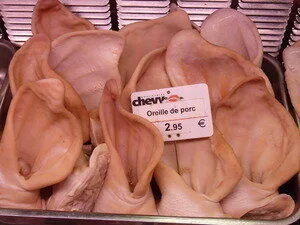The ginger-haired boy positioned his freckled face above the school gate, “Hey you, white nigger.”
I gulped a lungful of air and screamed back defiantly, “Go roll with your pigs, farm yard scum.”
He slammed the gate shut, and screeched back, “Rather live in a dung heap than a filthy tent! Tinky vermin, your mother can’t knit, your father kicked a policeman and is lying in the nick (jail).”
I flew at him with fanned fingers and grabbed bunches of red hair. Like tail tied wildcats we scratched, punched and rolled in the dirt and chuck gravel. I knitted my legs around his heaving chest and hissed, “My daddy says your father spends more time on the hillside with the sheep than he does with your ugly mother!”
Teeth clenched, he retorted, “Your mother’s a witch; you’re a goblin, so there!’
Fueled temper blotted all memory of the battle, except for the teacher shouting as he cast me aside like a rag doll, “Bloody uncivilised tinker, go home. You too, boy.”
I limped home from school that day sporting two bruised shins; he was such a big boy with hard capped boots. Layers of pink flesh under my nails and red hair between my swollen fingers proved I managed to hold my own.
 “Mammy,” I cried, “why does every school have a nasty boy who hates us and what’s a nigger and when did we live in tents?”
“Mammy,” I cried, “why does every school have a nasty boy who hates us and what’s a nigger and when did we live in tents?”
The previous month, my beautiful raven-haired mother had given birth to her eighth daughter. Her back was still weak and painfully sore as she bent over a metal bath scrubbing nappies (diapers). Rising slowly, she straitened her spine, inhaled and rested two soapy fists on slender hips. I rushed over and circled her thighs. “Oh mammy. Why is life so awful?”
“Oh dear, not another fight.” She blew onto my tear-sodden eyes and kissed my knuckles.
“Empty headed boy, he’ll never live as rich a life as you. All that waits for him is moaning about the price of cattle food.”
She lifted my chin and smiled. “You share the world with all God’s creatures and strong, powerful warriors from Africa are called niggers but only by ignorant people who don’t know better. Now remember I told you about grandma and grandpa living in tents most of their lives. Tree bark peeling, hazelnut gathering, snaring rabbits and selling the skins put food in our bellies just like you going berry picking in summer and potato lifting in the autumn. I was raised walking behind the horses’ hooves, as was your father. If the tent was erected properly, it was cozy and kept out the worst snow and gales.”


















